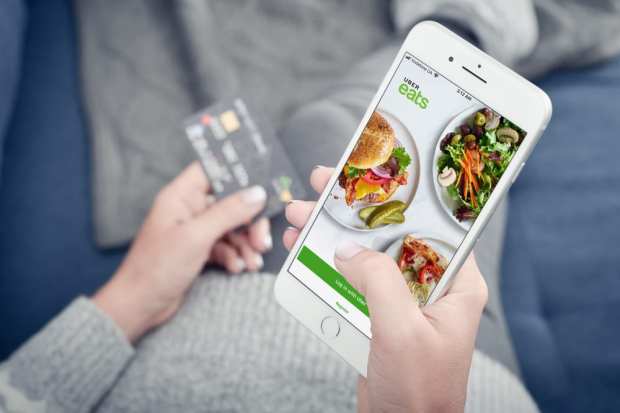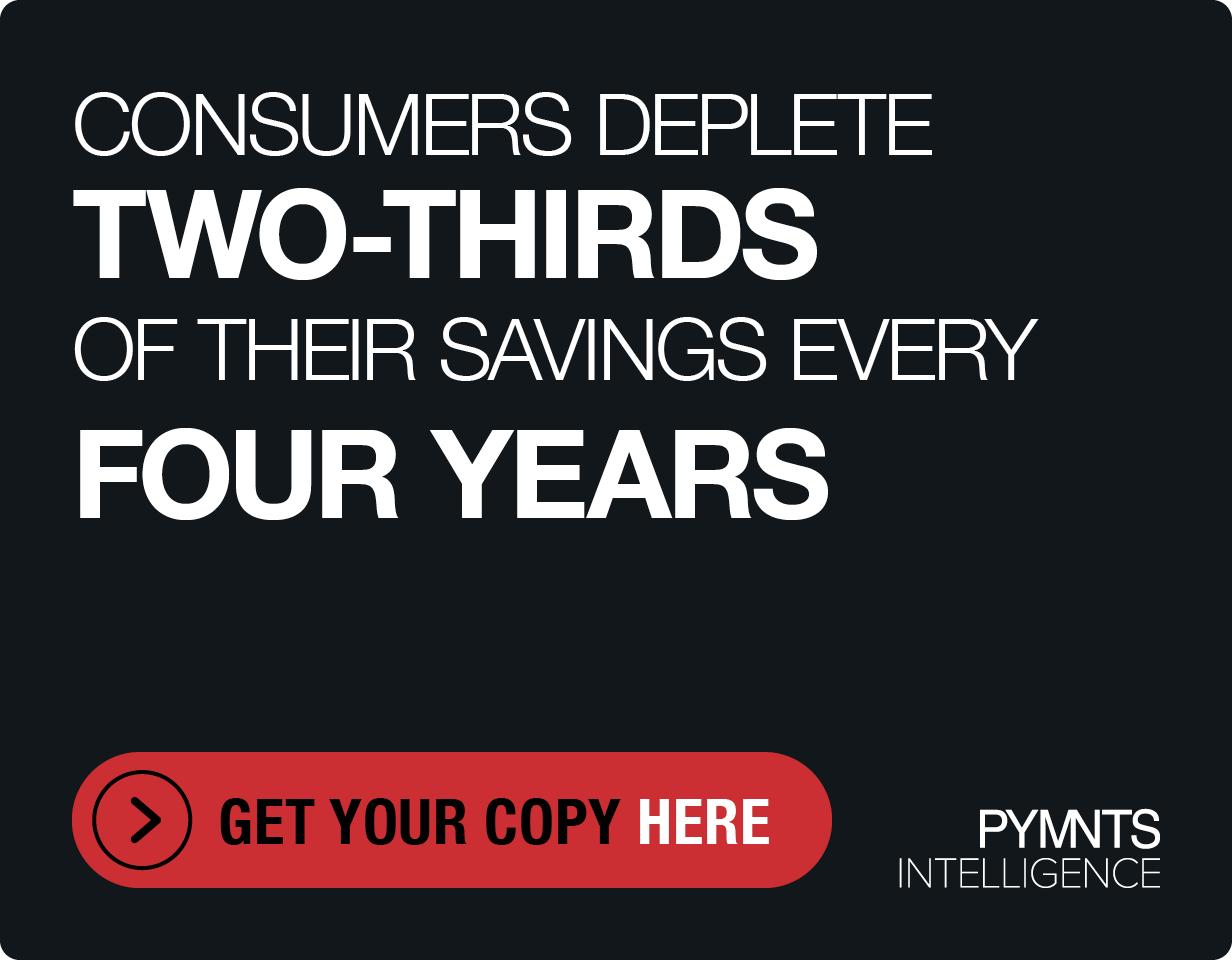How Order To Eat (OTE) Is Transforming Restaurant Real Estate

Order to Eat (OTE) is changing the recipe of how restaurants work, and even what they look like. In the February 2020 Order to Eat Tracker®, a PYMNTS and Paytronix collaboration, we explore the radical transformation that order-to-eat commerce is delivering to the restaurant sector, as well as the technology firms catering to it.
Among the big changes we’ll soon start noticing in quick-service restaurants (QSRs) and fast-casual eateries are alterations to their physical layout. With a dwindling percentage of meals being eaten in the restaurants that prepare them, players including Shake Shack and Starbucks are testing new retail concepts that are purpose-built for pickup and delivery, not people.
Extending that idea even further are the “ghost kitchens” popping up in American cities, which have no seating, signage or public-facing accommodations. They exist solely to feed the insatiable appetite for OTE. One example is the online-only sensation Zoku Sushi, which is profiled in the OTE Tracker.
The Shape of Eats to Come
Never to be outdone when it comes to innovation, Chipotle is testing a new concept that lets OTE customers pick up their orders at a convenient window without entering the location. Drive-through windows are a mainstay of the traditional fast food business, but tiny-footprint urban pickup windows that serve up digital orders is a new equation in restaurant real estate – and considering the high commercial rents around population centers, the trend will likely have legs.
It’s not just a change in consumption patterns that restaurant operators are struggling with – it’s a change in perception. That why OTE must be treated as its own business with unique needs. “Bolting [OTE] onto an existing experience can create problems, because customer expectations are different — it’s not like serving someone in a dining room or having them meet you face-to-face,” Paytronix Co-founder and President Andrew Robbins told PYMNTS.
“When it comes to delivery, [the customer’s] entire experience exists in a virtual world up until they open a package back at home. At its heart, mobile ordering and delivery is part of a consistent, positive brand experience,” he noted. “Maintaining focus and understanding how customers interact with each element of the process will lead to long-term success.”
That kind of thinking seems endemic to success in the OTE space. As Zoku Sushi CEO Charlie Yi told PYMNTS, “When you start as a digital native – when you didn’t build your brand in the traditional way as a restaurant – how do you cope with that? We engage [by] focusing on the product experience and making sure we have a strategy … through word of mouth and, of course, through digital media plans and marketing. … What we focus on in New York City is that … big word-of-mouth opportunity [for] lunch. We’ve been focusing our sale efforts [there], and that has a natural way of spreading the word around.”
Order Size Pays the Freight
The financials of running restaurants today is a key underlying focus of the February 2020 Order to Eat Tracker®, as new forms of order taking, preparation and service are essentially taking food truck economics and applying them to stationary restaurants. When rent and other fixed costs become manageable, great new food concepts have a better chance of going mainstream.
Once overhead and delivery partners are dealt with, restaurant operators can focus on meaningful metrics like order size. “Whether you’re delivering a burrito or caviar, it’s the same cost to deliver,” Yi pointed out. “Your size per order must be able to pay for your fixed costs. For us, one metric that’s important is that, at a unit level, we do not want our delivery costs to be more than 5 [percent] to 7 percent of the order size.”
